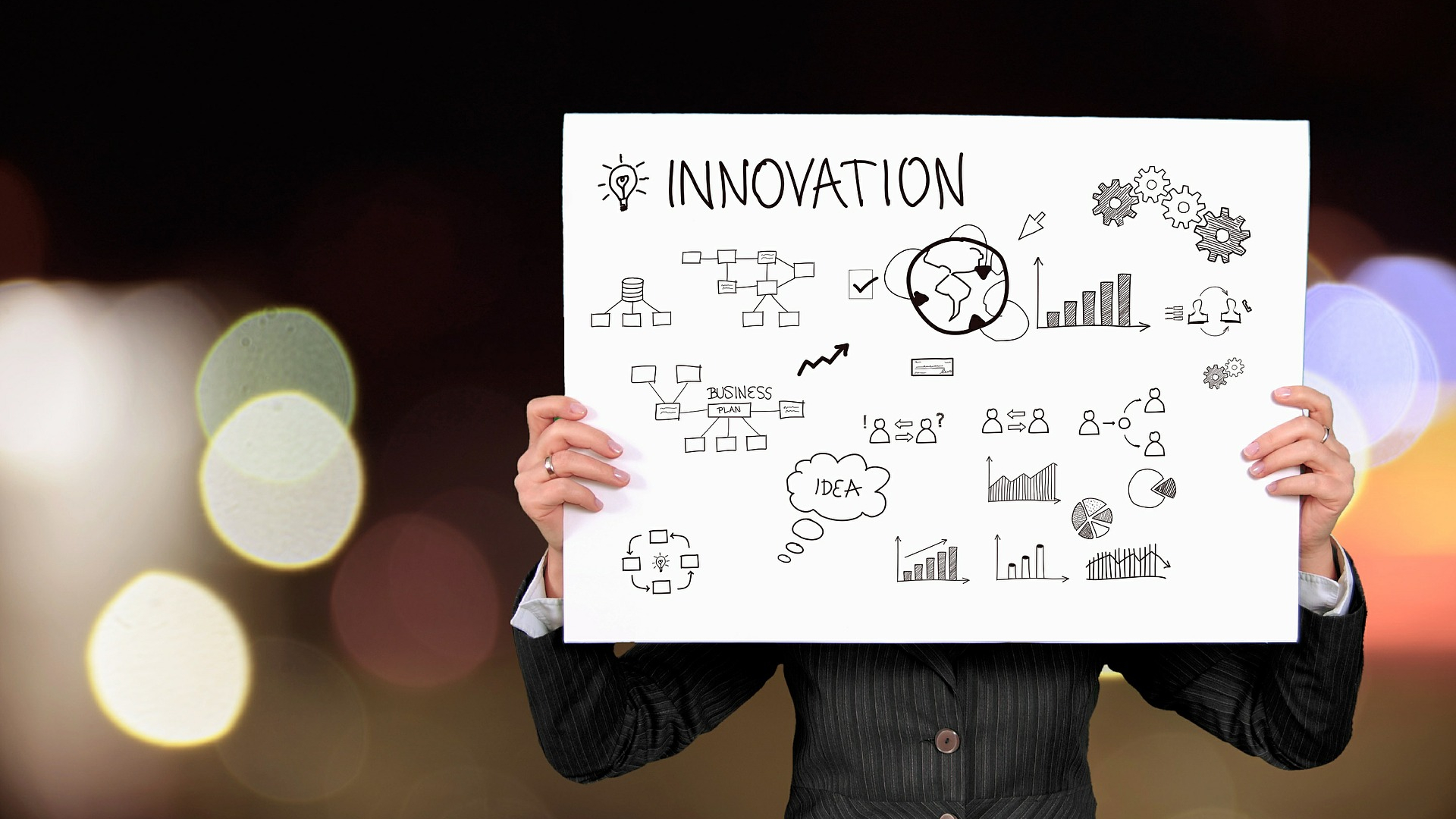Five Stages of Innovation

Innovation is too important to ignore, and too important to fail. If managed improperly, an organization may lose its competitiveness in the market, or worse, be eliminated by its competitors. Innovation is also a complicated subject that involves a lot of resources, people, and need to be managed properly to achieve its ultimately goal - to push the release of new product, process, business flow to an existing or a new market.
To help simplify innovation, we will divide it into five stages, understand each stage and follow through. The five stages of innovation are:
1. Find ideas: The motivation for innovation stems from every single process of the business. And the direct cause of innovation is the discovery of ideas.
2. Preparation: Only when it is well prepared, can organizations create new product or process that stands a chance of success.
3. Innovation: Put ideas into practice, constantly improve and iterate.
4. Market and Expand: Push the product to the market and spread it though marketing.
5. Learning and Re-innovation
Next, let us look at each stage in detail and see what is entailed in the full innovation processes.
Stage One: Find Ideas
The need for change could come from everywhere: from the saturated domestic market, organization crisis, changes of business environment, users or customers' feedback, emergences of new competitors, or the sense of mission to reap greater benefits. Inspiration for innovation, or the urgency to create new products, processes, or market, also comes from those places.
Searching and finding inspiration that can be turned into innovative initiatives is the key starting point of innovation. There are two main approaches here - they can be used independently, or together:
- The proactive approach: by adopting this approach, an organization is actively looking for new ideas based on its innovation plan and business strategy. Methods used for this approach include idea challenge, and innovation campaigns.
- The demand-driven approach: ideas coming from customer's feedback, employees’ brainstorm sessions based on company’s need, or technology change are some of the examples of the demand-driven approach.
No matter where the final idea comes from, the important thing is to have an open mind, both at an individual level and at the organization level, and capture the ideas to address real business needs.
Stage Two: Preparation
Innovation is not out of thin air, nor is it occasionally acquired, it has a gradual process from old to new. If innovators want to implement their new ideas, they have to draw the enlightenment from the knowledge and experience of their predecessors. This stage includes accumulating knowledge, investigating and studying, collecting and analyzing data, and so on.
It is market research that play a vital role at this stage, though market research, organizations will have a fair idea of market demand, market size, feasibility of innovation, and risks of it.
Resources is another crucial aspect in innovation. There are two ways to obtain resources: research and development, and technology transfer. At this stage, sometimes organizations can buy ready-made resources, or they can develop the required resources from within.
In the stage of concept development and product preparation, the idea itself, resources available, market opportunities, competitiveness, and production demand are combined to determine the framework of the new product. It is important to notice that without the right communication channels, the right progresses for collecting useful data and information, the right infrastructure for implementing ideas, very few of the ideas could be realized.
Stage Three: Innovation
After two first stages of development, it is time to turn ideas into final product with thorough preparations and proper testing. The aim of stage three is to develop a ready-to-use product that can be brought to the market. Procedures are being developed, prototypes built and tests carried out.
Both of the product and processes should be defined conceptually, and reflected in the prototype of products, and then, should take a test about simulated uses of products. If the prototype does not reflect the desired characteristics, the organization should seek improvements to make up for this difference, and repeat the cycle “design-built-test”.
At the end of the innovation phase, the final sign of ending is products meet the specified requirements and put products into production.
Stage Four: Market and Expansion
At this stage, innovative products have been developed maturely. In this stage, the key is to push the product to the market and spread it though marketing and sales initiatives.
Because products coming from innovation are normally new and unknown to the majority, organizations should use various marketing methods to promote the product, in order to improve the exposure of the product and make it easier for targeted and interested customers to find the product.
At the end of this stage, the new product is transferred to the maintenance phase where it will be continuously evaluated and improved based on customer feedback or market analysis. After the growth period where the market of products has been developed and expanded, it will enter into a mature period, which marks the end of the innovation stage.
Stage Five: Learning and Re-innovation
One of the results of an innovation is to provide impetus for the next cycle of innovation. Even if a product or process innovation fails, it still provides valuable insights for organizations for its future innovation endeavors. The stage of learning and adjusting in future innovation process is indispensable. What organizations really need is to grasp the valuable lessons from the success or failure of the past, and apply these experiences to the next innovation process.
Innovation management always entails establishing a process by which an organization can continuously and effectively promote innovative activities. The five stages above are the rough process of innovation. As it should be, this is not a fixed template or a process that must be executed, but to provide a general training of thought for innovator.
 Previous ArticleNext Article
Previous ArticleNext Article 


